Over 2,000 people shop for sustainable pre-loved goods at largest clothing swap in Chile

When people think about climate change, many assume that the biggest contributors to increasing greenhouse gas emissions are big companies that burn fossil fuels for energy, or vehicles like cars or ships that emit a choking exhaust when they transport goods from place to place.
But this mentality is often used to displace accountability – and even though work has to be done across all sectors to limit global warming, scientists have urged the everyday consumer to think more consciously about how they spend their money in our age of excess.
One of these main targets is the fashion industry. Research from Business Insider and Earth.org revealed that fashion production makes up 10% of total global carbon emissions – which is as much as the amount of emissions generated by the European Union, and more than all international flights and maritime shipping combined.
“The industry dries up water sources and pollutes rivers and streams, while 85% of all textiles go to dumps each year,” Earth.org explained. “Even washing clothes releases 500,000 tons of microfibres into the ocean each year, the equivalent of 50 billion plastic bottles.”
And unfortunately, these numbers are not likely to go down in the era of fast fashion – as the UN Framework Convention on Climate Change estimates that emissions from textile manufacturing alone are projected to skyrocket by 60% by 2030.
This is amidst the same era where we buy clothes obsessively, and Vogue Britain even suggested that shoppers in the UK need to reduce their consumption by up to 80% in certain cases. But for those who love to shop, and don’t want to spend a ton of money on new clothes, this can be a difficult problem to come to terms with.
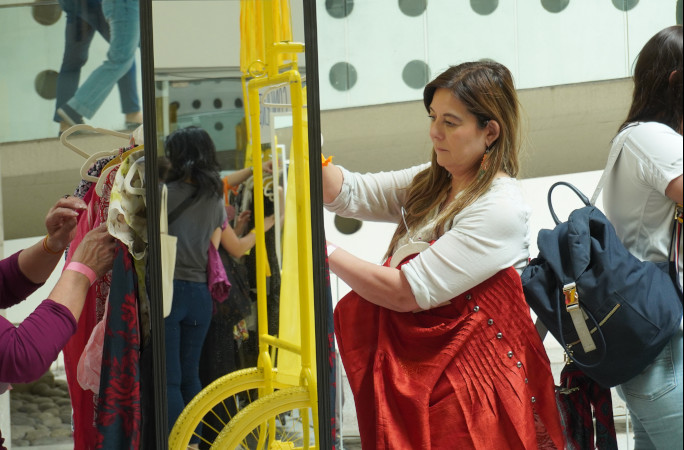
Luckily, some organizations are stepping up to the plate – such as the Ropantic Show, a Chilean collective committed to promoting sustainable and circular fashion. On 28 October, the institution hosted the largest clothing swap in history, with 2,364 participants arriving at the country’s capital of Santiago to exchange clothing items in good condition for other high-quality donated garments.
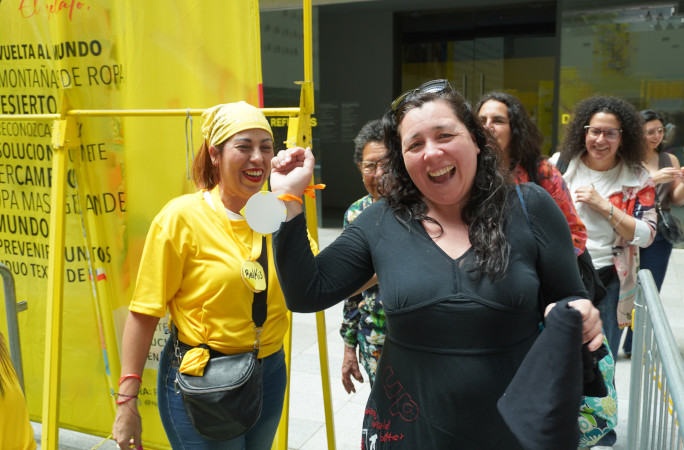
With their slogan “creating a unique sustainable consumption experience”, the attempt sought to raise awareness about excessive clothing consumption and to promote reusing, repairing, and extending the life of garments already in excellent condition.
“We have travelled the world showing the mountains of discarded clothing in the desert; today, we are recognized for the solution,” said María José Gómez, founder of the Ropantic Show.
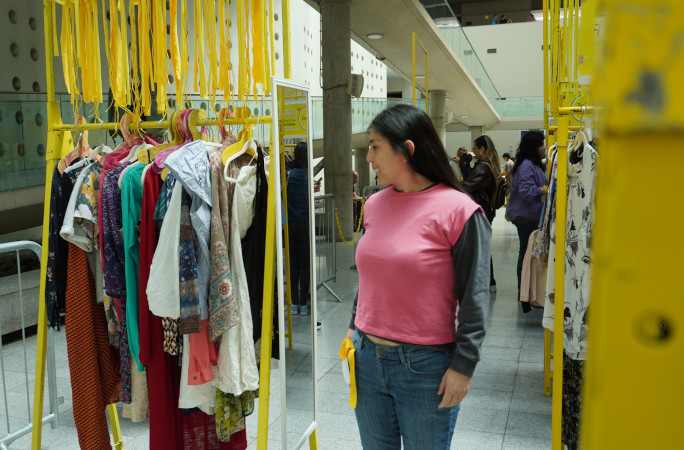
The activity took place at the Palacio de La Moneda in Santiago and lasted eight hours, from 11:03 a.m. to 7:03 p.m. There, participants were invited to donate clothing items in good condition and exchange them for new garments under strict verification of the record’s rules, thereby engaging in sustainable fashion practices and preventing more high-quality goods from entering landfills.
Along with the Ropantic Show, other institutions chipped in to help run the event – like the Ministry of the Environment, CORFO, and private sponsors including the Mall Plaza, which served as a main collection partner through its “De Mano en Mano” (“from hand to hand”) campaign.
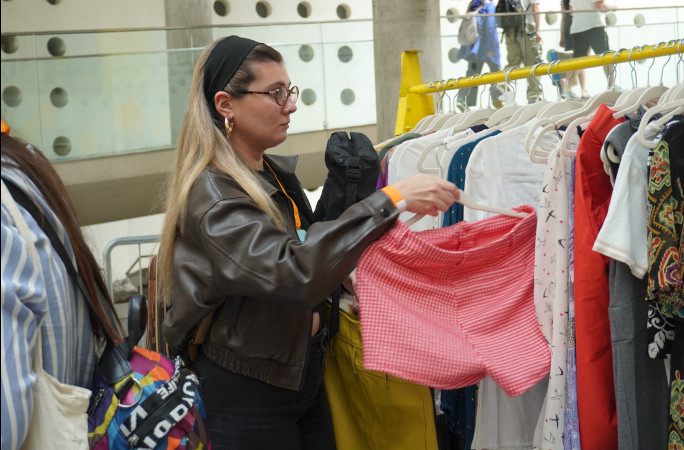
Upon entering the event space, attendees were met with racks and racks of clothes, organized into different wardrobes and sizes and seasons – and the atmosphere of the mall was lively and thoughtful as people browsed for new outfits or staple pieces.
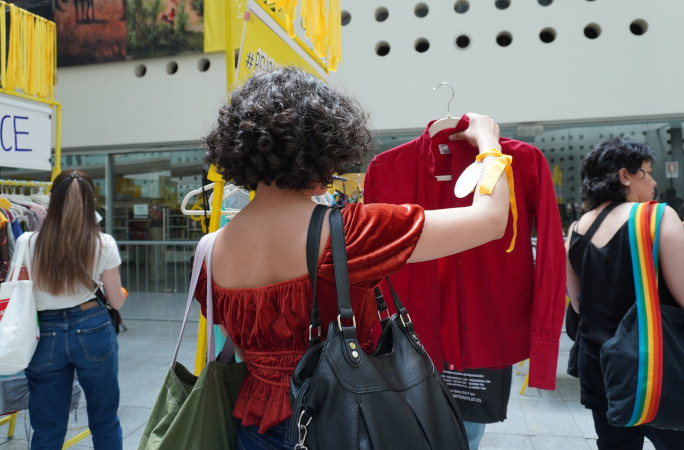
The organization also arranged public discussions between industry professionals about the impacts of sustainable shopping, which generated significant social impact by bringing visibility to conscious consumption and the importance of extending the life of clothing through circular fashion practices.

All the while, Guinness World Records Adjudicator Natalia Ramírez Talero was present to count the number of active participants, make sure all the rules were being adhered to, and absorb the ethos of the event.
“It was an honour to adjudicate this record, which places sustainability and community participation at its core,” she said.
“The scale of coordination, the strong commitment from participants, and the synergy between public and private actors make this title a milestone in the promotion of circular fashion and conscious consumption.”

And because of the event, hundreds of clothes in excellent condition were saved from the recycling bin – instead handed to new owners who appreciated the chance to find new looks in a familiar place.
The unexchanged clothing was even redirected to social projects and upcycling initiatives, which reinforced the project’s commitment to environmental impact.

So congratulations to everyone who participated in the clothing swap with the Ropantic Show – your dedication to sustainability makes you Officially Amazing!


